While thousands of adventurers flock to Mount Everest’s base camp each year, the true cultural treasures of the Himalayan region remain largely undiscovered. Beyond the famous trekking routes and mountaineering expeditions lies a network of ancient villages where traditional ways of life continue much as they have for centuries, untouched by the commercialization that has transformed more accessible areas of Nepal and Tibet.
Here is a list of 20 remarkable Himalayan villages that exist in the shadow of the world’s tallest mountain, offering authentic cultural experiences far from the standard tourist trail.
Khumjung
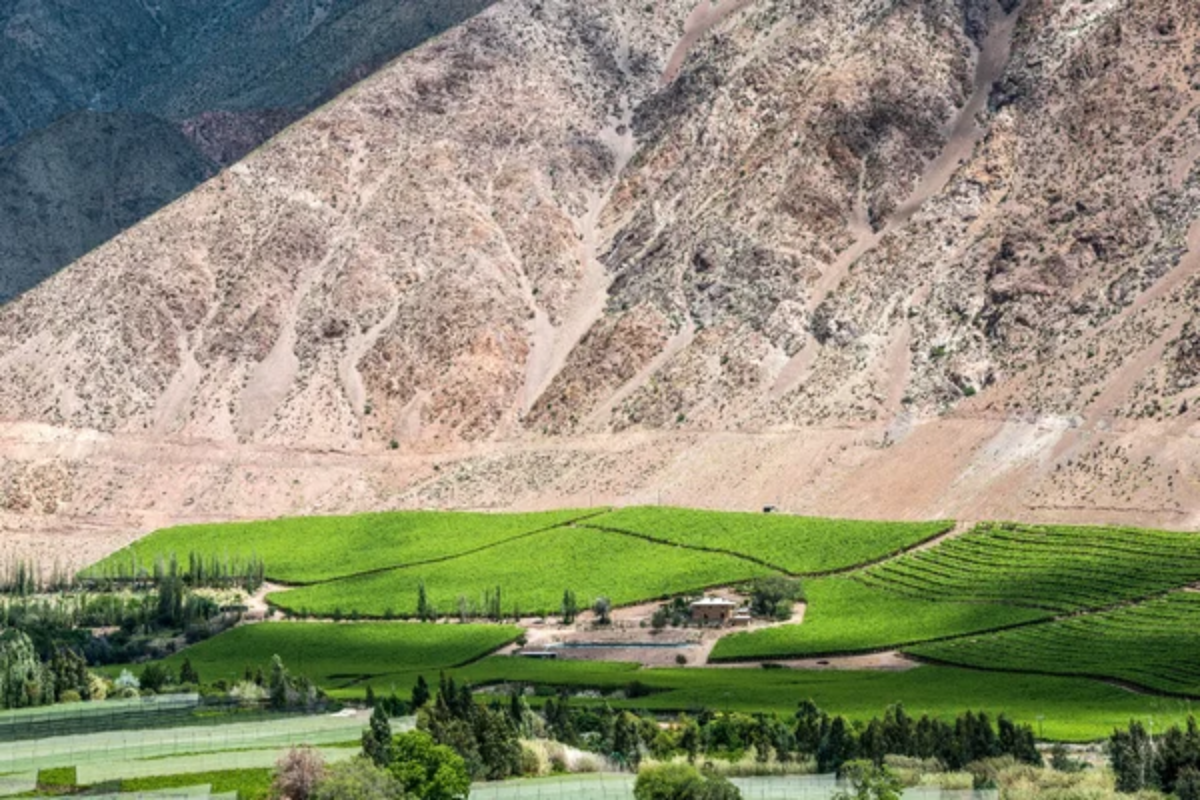
Khumjung sits nestled in a valley at 12,600 feet, surrounded by snow-capped peaks yet hidden from the main Everest trekking route that thousands follow each season. The village houses a monastery containing what locals claim is a genuine yeti scalp, drawing occasional curious visitors.
Its stone houses with colorful prayer flags and intricate woodwork represent traditional Sherpa architecture rarely found in more frequently visited settlements that have modernized to accommodate tourism.
Pangboche
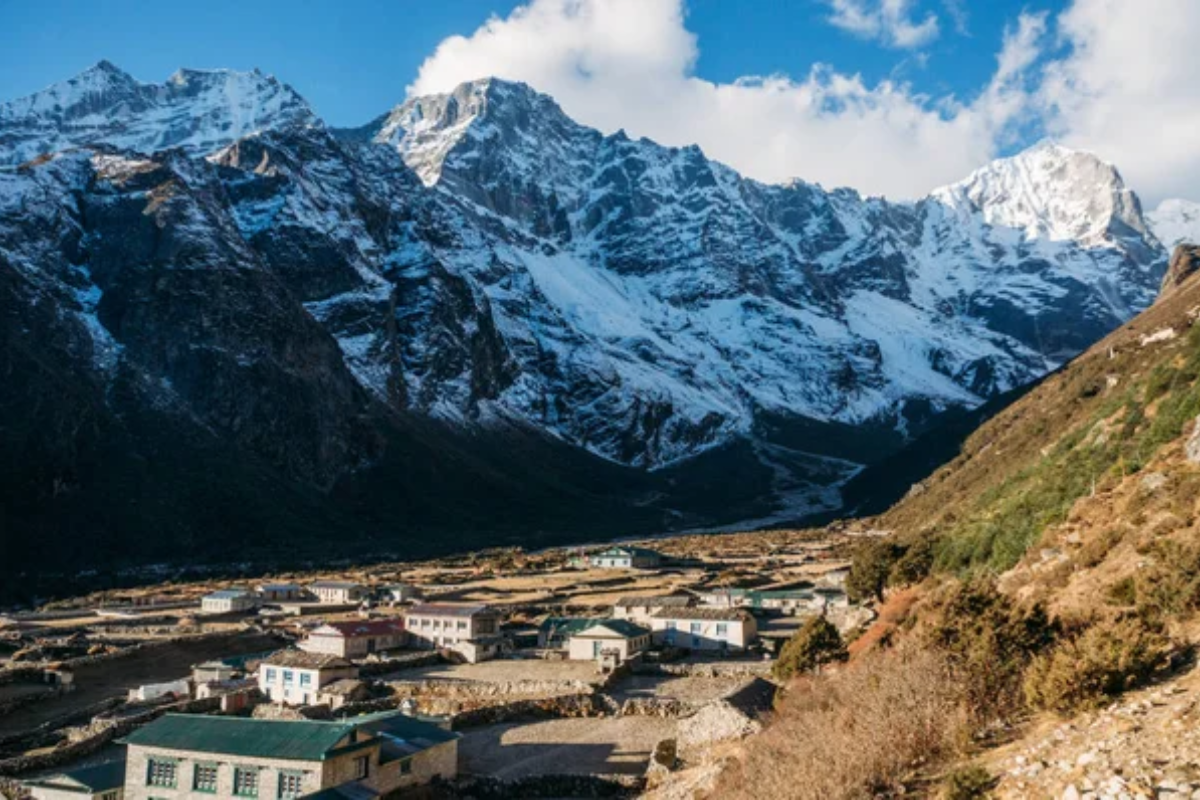
Pangboche holds the distinction of housing the oldest Sherpa monastery in the Khumbu region, dating back over 400 years, and containing religious artifacts said to have mystical properties. Residents maintain traditional agricultural practices, growing hardy barley and potatoes in stone-walled fields while practicing a unique form of Buddhism that incorporates elements of the pre-Buddhist Bon tradition that flourished in Tibet before the arrival of organized religion.
Like Travel Pug’s content? Follow us on MSN.
Phortse
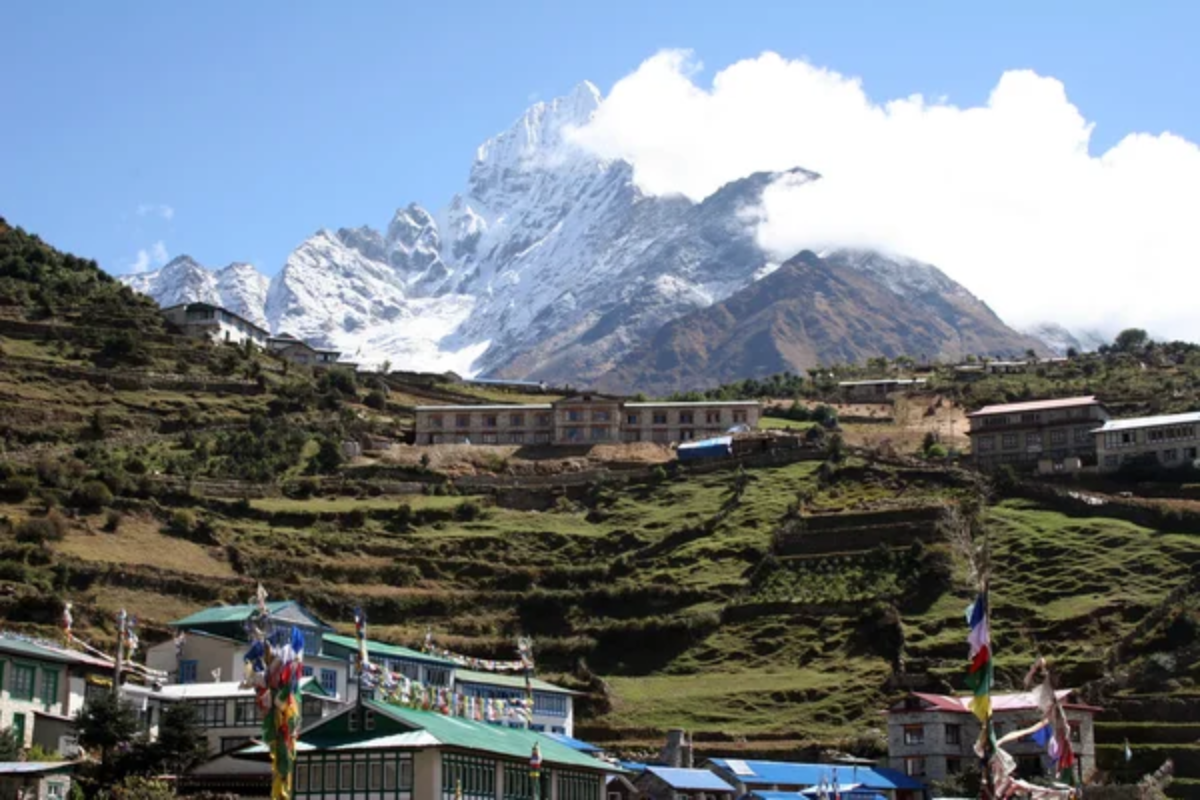
Phortse clings dramatically to a steep hillside overlooking the Dudh Kosi river valley, requiring visitors to navigate a challenging trail that keeps casual tourists away despite being just a few miles from the main Everest route. The village has become known among conservation circles for its remarkable concentration of snow leopards in the surrounding mountains, making it a center for wildlife research.
At the same time, its residents maintain traditional hunting taboos that have helped preserve these endangered cats.
Thame
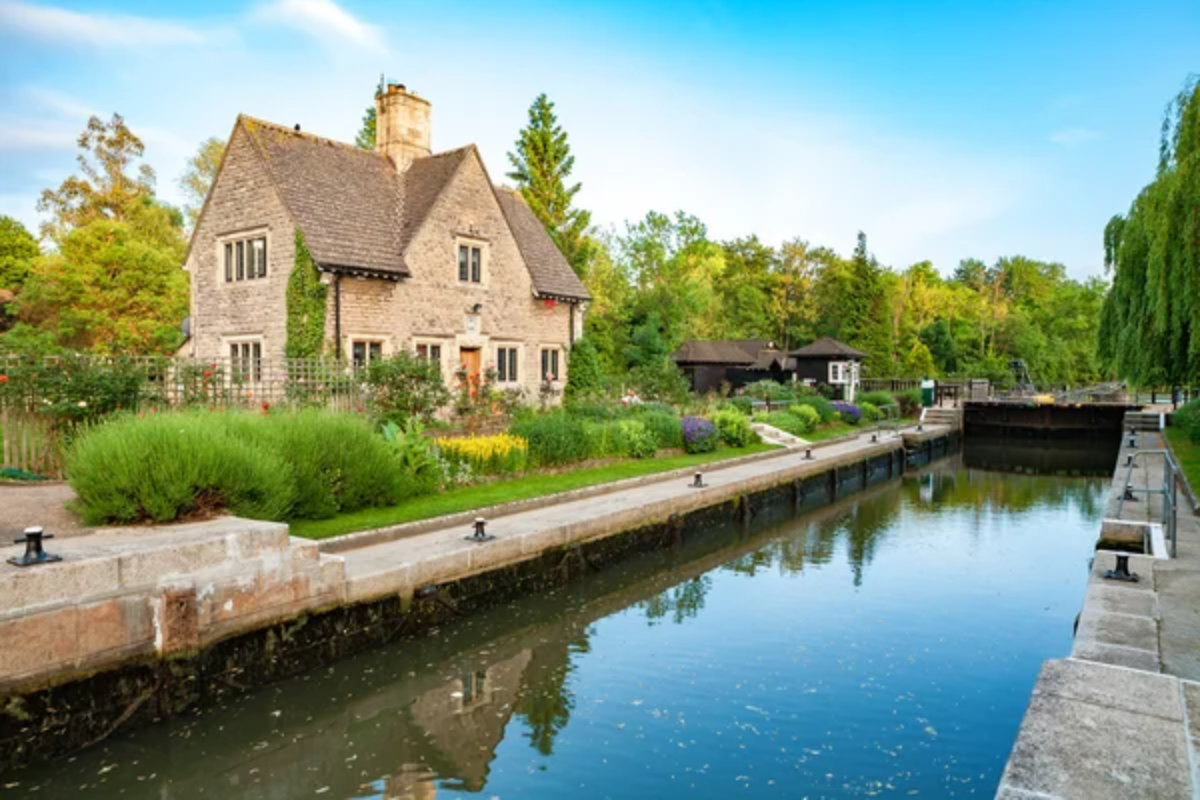
Thame remains significant as the ancestral home of Tenzing Norgay, who made the first successful Everest summit alongside Edmund Hillary, yet surprisingly few visitors make the side trip to this historic settlement. The village hosts one of the region’s most spectacular Buddhist festivals each spring, featuring masked dances and elaborate rituals performed by monks from the 16th-century monastery perched above stone houses where many of the region’s most accomplished mountaineers were born and raised.
Marpha
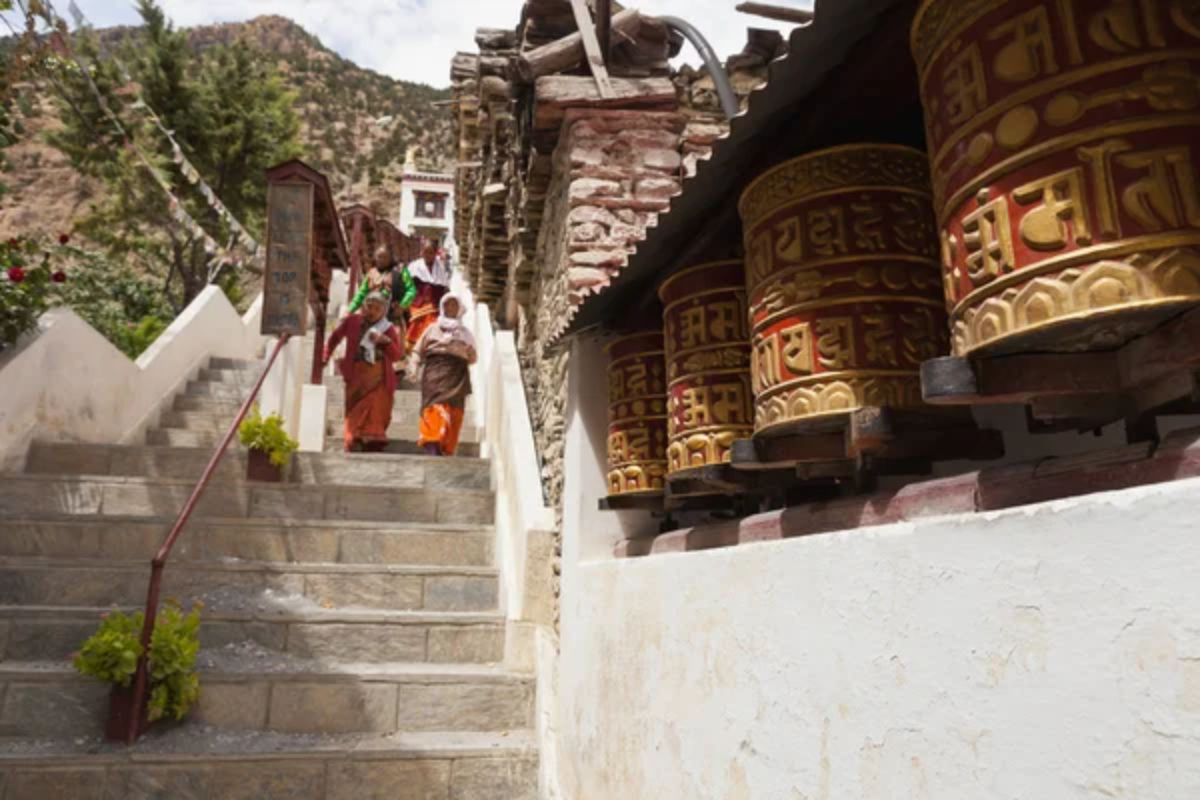
Marpha distinguishes itself with immaculate whitewashed stone buildings lining narrow flagstone streets. It appears almost Mediterranean despite being nestled deep in the Annapurna mountain range, within sight of Everest on clear days. The village has perfected apple cultivation at a high altitude, producing renowned brandy and cider while maintaining ancient Thakali cultural traditions that blend Buddhist and Hindu influences into a unique cultural identity largely unknown to outside visitors.
Like Travel Pug’s content? Follow us on MSN.
Olangchung Gola
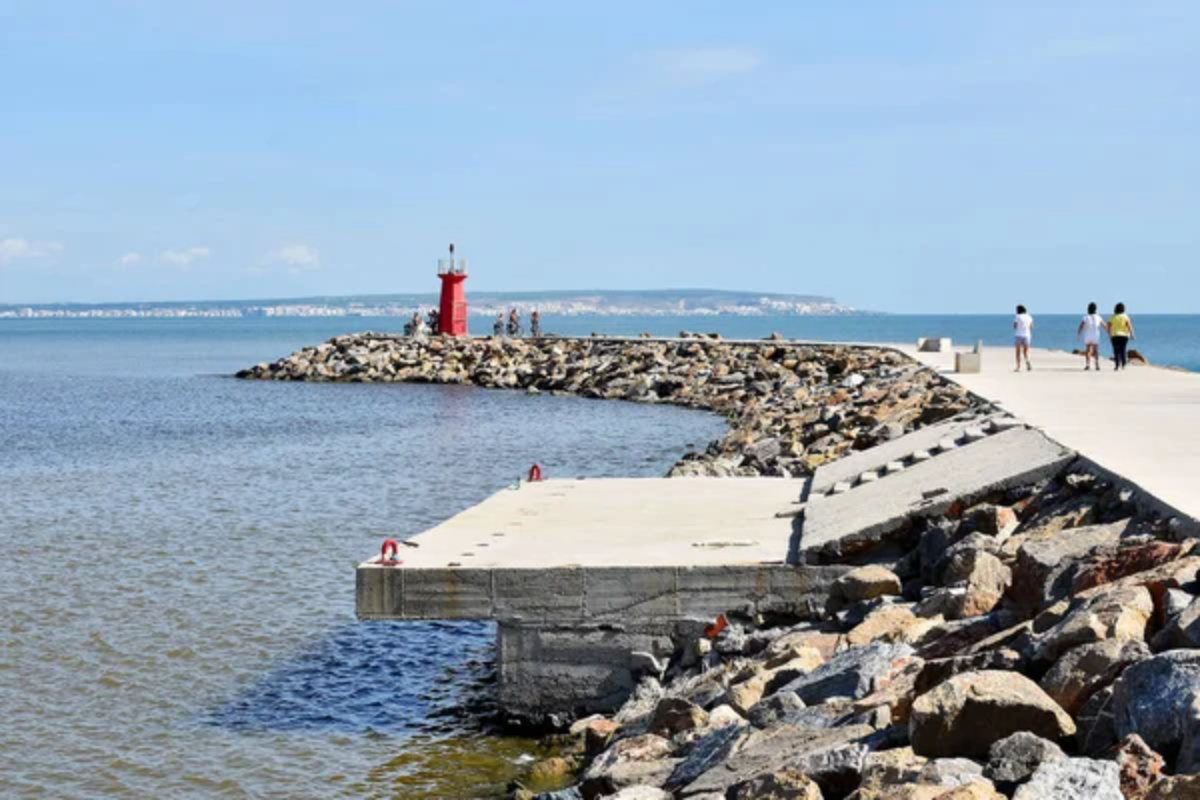
Olangchung Gola sits just seven miles from the Tibetan border at the convergence of ancient trade routes, creating a cultural melting pot where Tibetan, Nepali, and indigenous traditions have blended for centuries into a distinct way of life. The village remains so isolated that goods must still be transported by yak caravan, allowing traditional textile production and metalworking crafts to survive unchanged, producing distinctive bronze prayer wheels and wool carpets using techniques passed down through countless generations.
Ghunsa

Ghunsa exists in splendid isolation within the Kangchenjunga Conservation Area, where locals continue the traditional practice of transhumance, moving their yak herds between different elevation pastures with the changing seasons. The village hosts a distinctive cultural ceremony each autumn, during which participants consume a mildly psychoactive local mushroom as part of a religious ritual dating back to pre-Buddhist shamanic practices, creating a cultural experience entirely absent from conventional tourism experiences in Nepal.
Langtang
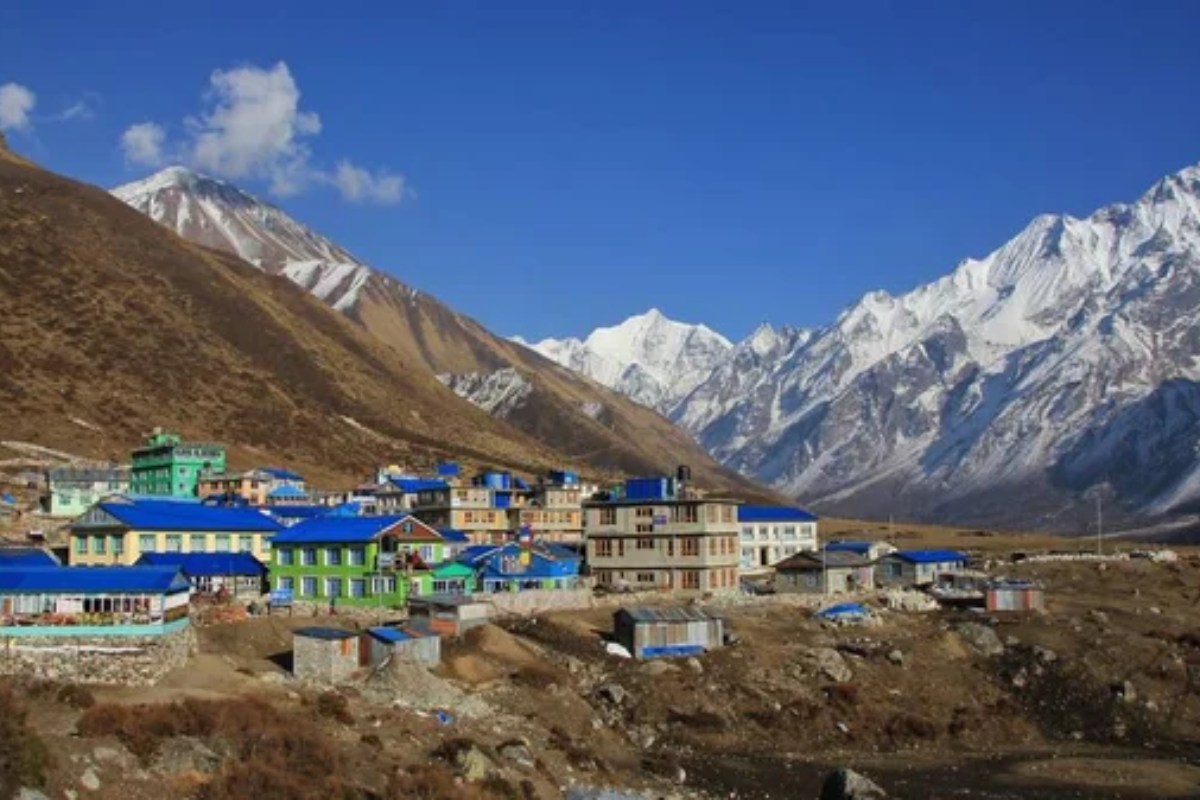
Langtang village was nearly destroyed in the 2015 earthquake, yet has reemerged with remarkable resilience, rebuilt in traditional style using time-honored techniques rather than modern materials. Local cheese-making traditions have survived for centuries, with villagers producing a distinctive hard cheese from yak milk that matures in high-altitude conditions found nowhere else, developing complex flavors through aging processes kept secret within families for generations.
Like Travel Pug’s content? Follow us on MSN.
Kyanjin Gompa
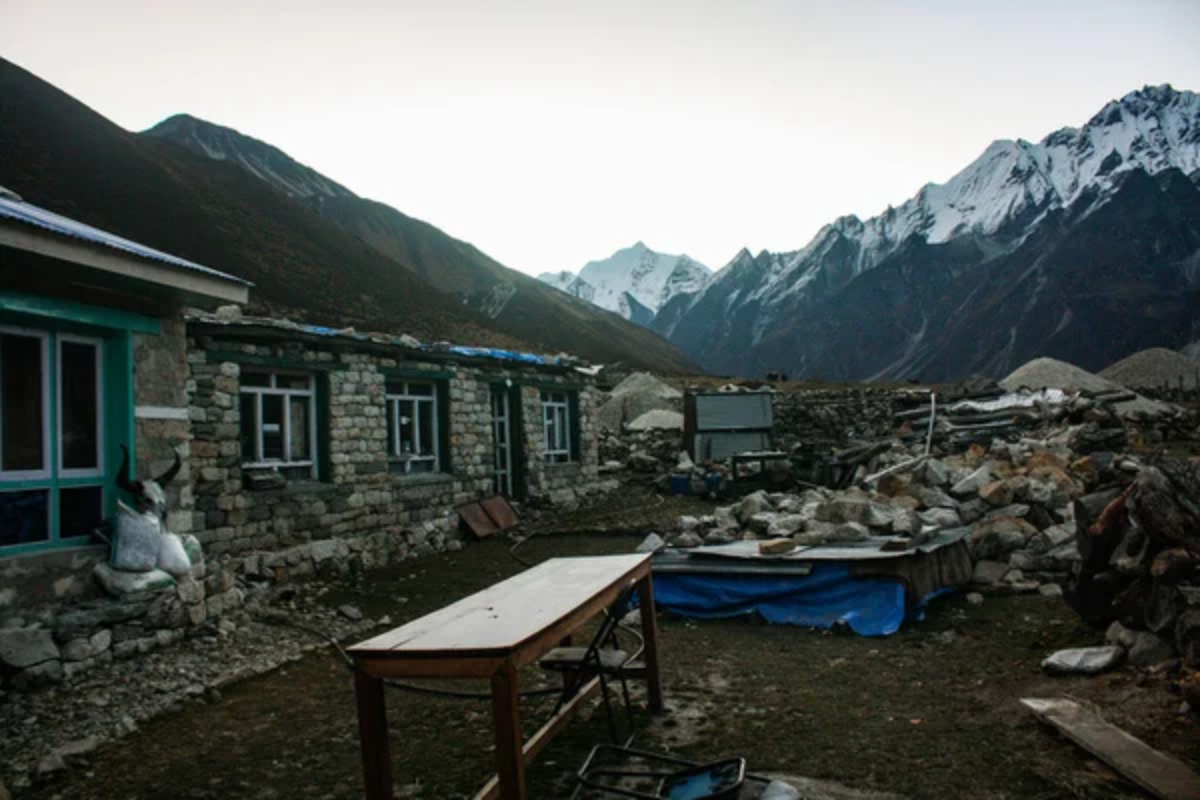
Kyanjin Gompa is located in the upper reaches of the Langtang Valley, surrounded by glaciers that feed holy lakes considered spiritually significant by both Hindu and Buddhist pilgrims. The village’s economy revolves around yak herding rather than tourism, and local men still practice the dangerous art of collecting wild honey from cliff faces using traditional rope ladders and smoking techniques that have remained unchanged for centuries.
Manang

Manang exists as a cultural island preserving ancient Tibetan traditions thanks to special trading privileges granted by Nepal’s kings generations ago. These privileges allowed inhabitants to develop significant wealth through trans-Himalayan commerce.
The village houses remarkable examples of traditional rammed-earth architecture reinforced with juniper wood, including a 500-year-old monastery containing rare religious artifacts and manuscripts that outside scholars have never cataloged.
Naar
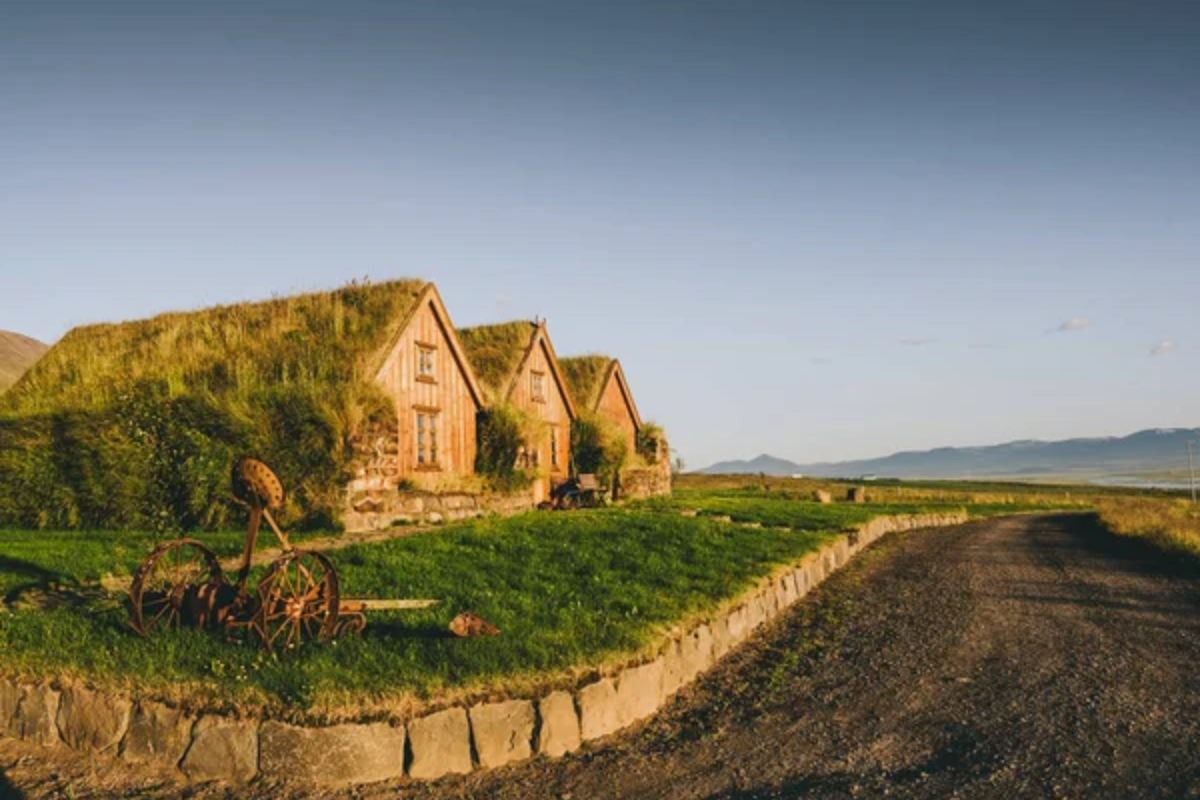
Naar remains protected by Nepal’s restricted area permit system, creating a bureaucratic barrier that keeps visitor numbers remarkably low despite the village’s extraordinary cultural heritage and dramatic setting. Local religious practices blend Buddhism with animistic traditions involving mountain deities, practiced in small family shrines decorated with butter sculptures that are created using techniques requiring years of specialized training passed from mothers to daughters.
Like Travel Pug’s content? Follow us on MSN.
Phu
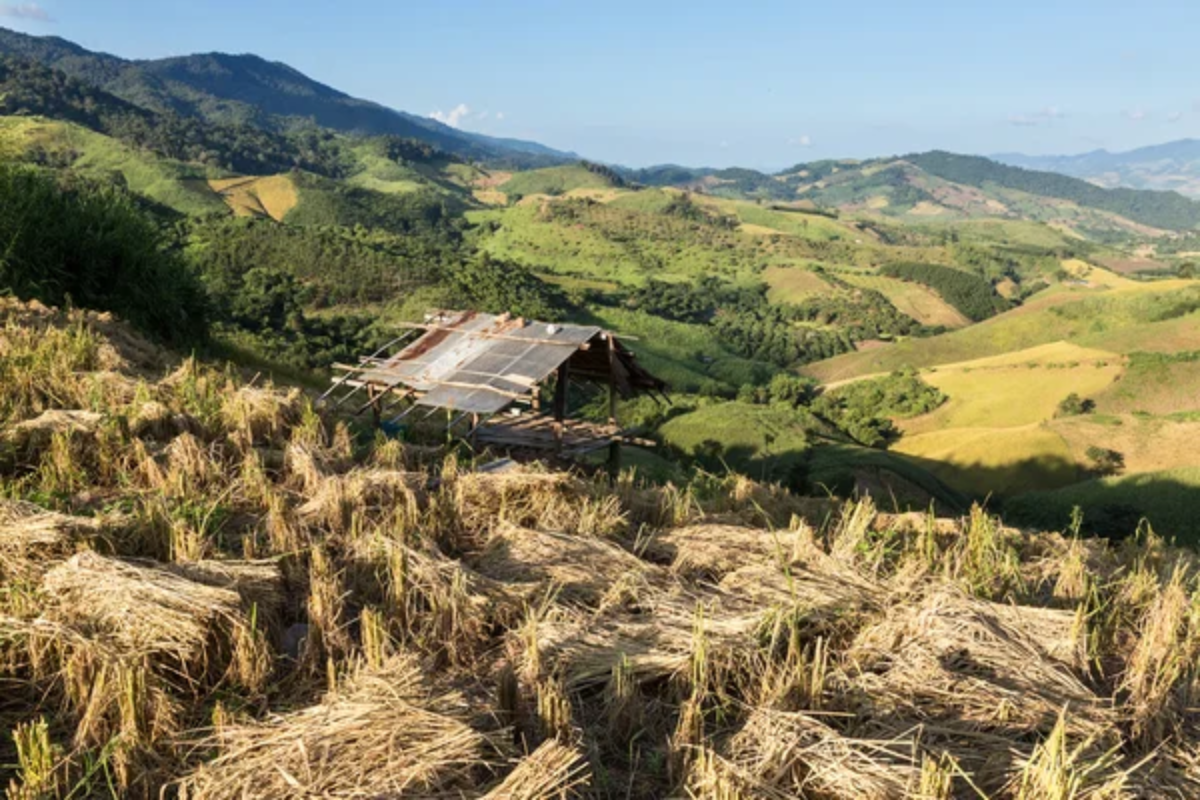
Phu is situated in splendid isolation at 13,450 feet, accessible only via a single suspension bridge spanning a deep gorge that locals believe is inhabited by protective spirits who guard the village from evil influences. The settlement contains some of the region’s most ancient Buddhist monuments, including stone chortens dating from the 12th century, while residents still practice sky burial.
In this traditional Tibetan funeral practice, bodies are returned to nature in a sacred ritual rarely witnessed by outsiders.
Tsum Valley
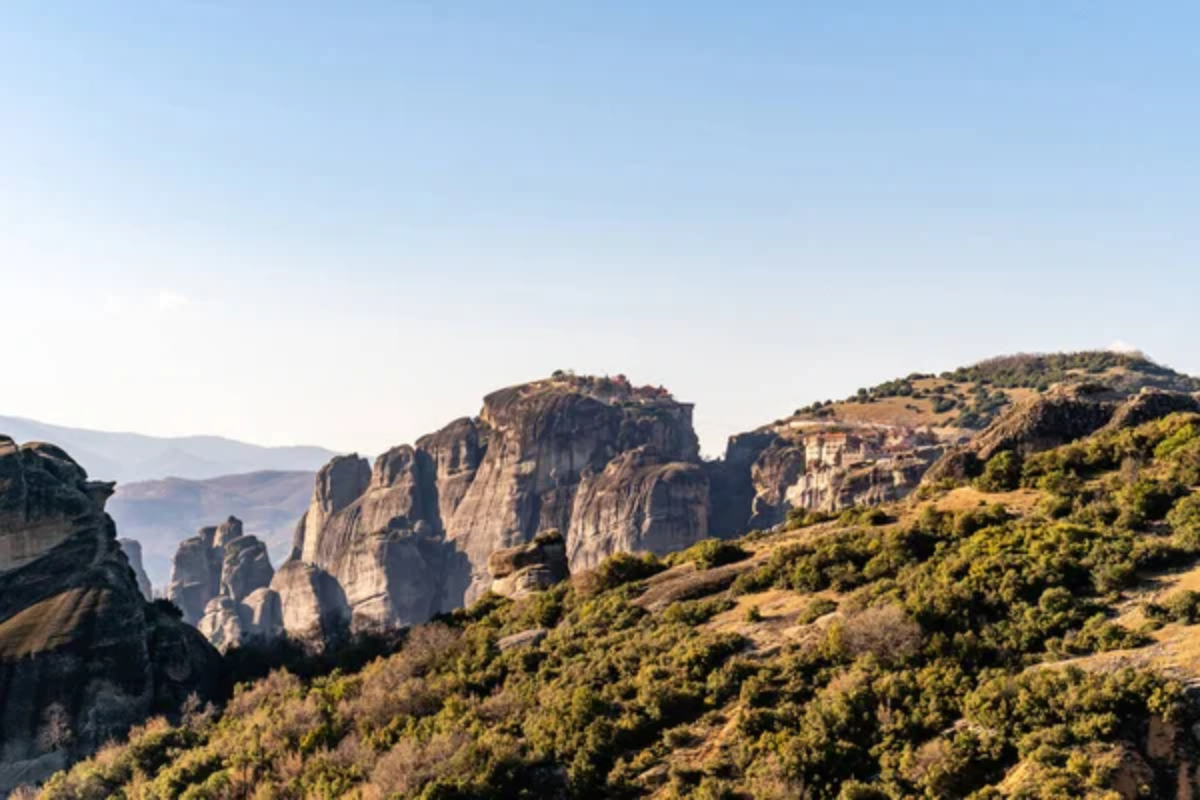
Tsum Valley remained completely closed to outside visitors until 2008, creating a cultural time capsule where ancient Tibetan Buddhist practices flourish alongside pre-Buddhist traditions not found elsewhere. The valley operates under a centuries-old non-violence pledge that prohibits hunting and slaughtering animals, creating an unusual ecosystem where wildlife shows little fear of humans, and traditional vegetarian cuisine has evolved complex flavors rarely found in other Himalayan communities.
Limi Valley
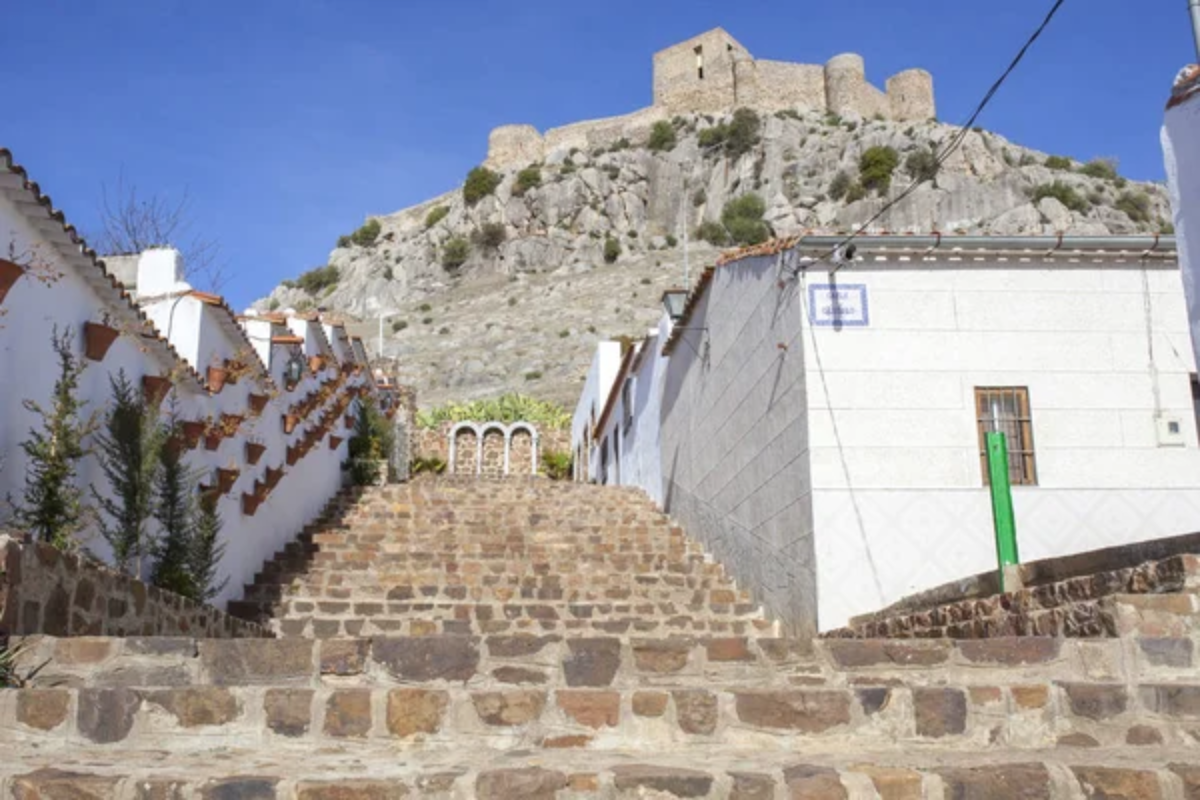
Limi Valley encompasses three tiny settlements that remain culturally Tibetan despite falling within Nepal’s borders. Residents speak a dialect that is unintelligible even to neighboring villages just a day’s walk away.
The area houses extraordinary examples of religious art, including 15th-century murals using natural pigments whose composition remains unknown to modern science. At the same time, local weaving techniques produce distinctive textiles from indigenous sheep breeds that have been adapted to extreme altitudes.
Like Travel Pug’s content? Follow us on MSN.
Dho Tarap
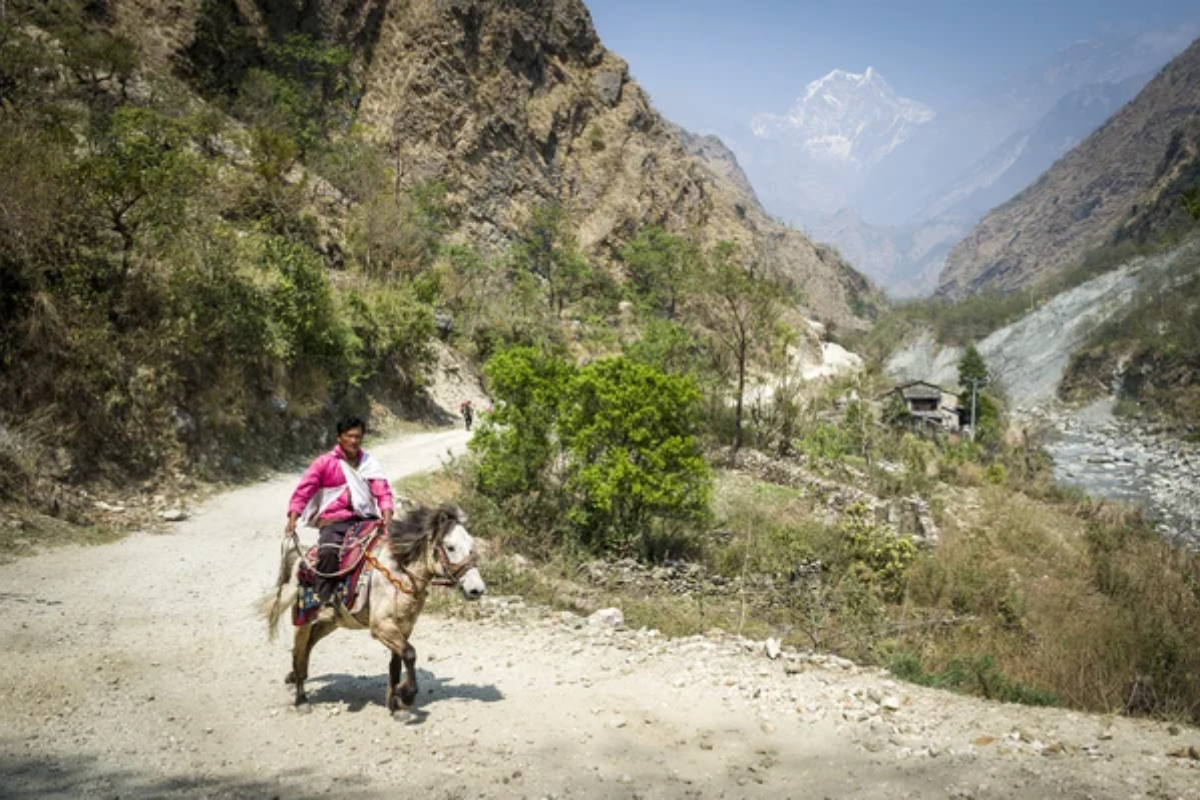
Dho Tarap claims the distinction of being one of the highest permanently inhabited places on Earth, at over 13,000 feet, creating a unique cultural adaptation to environmental extremes. Villagers construct their homes partially underground to protect against winter temperatures that regularly plunge below -22°F.
They maintain agricultural practices that can produce crops during the brief 60-day growing season through sophisticated field rotation and microclimatic management techniques.
Lo Manthang
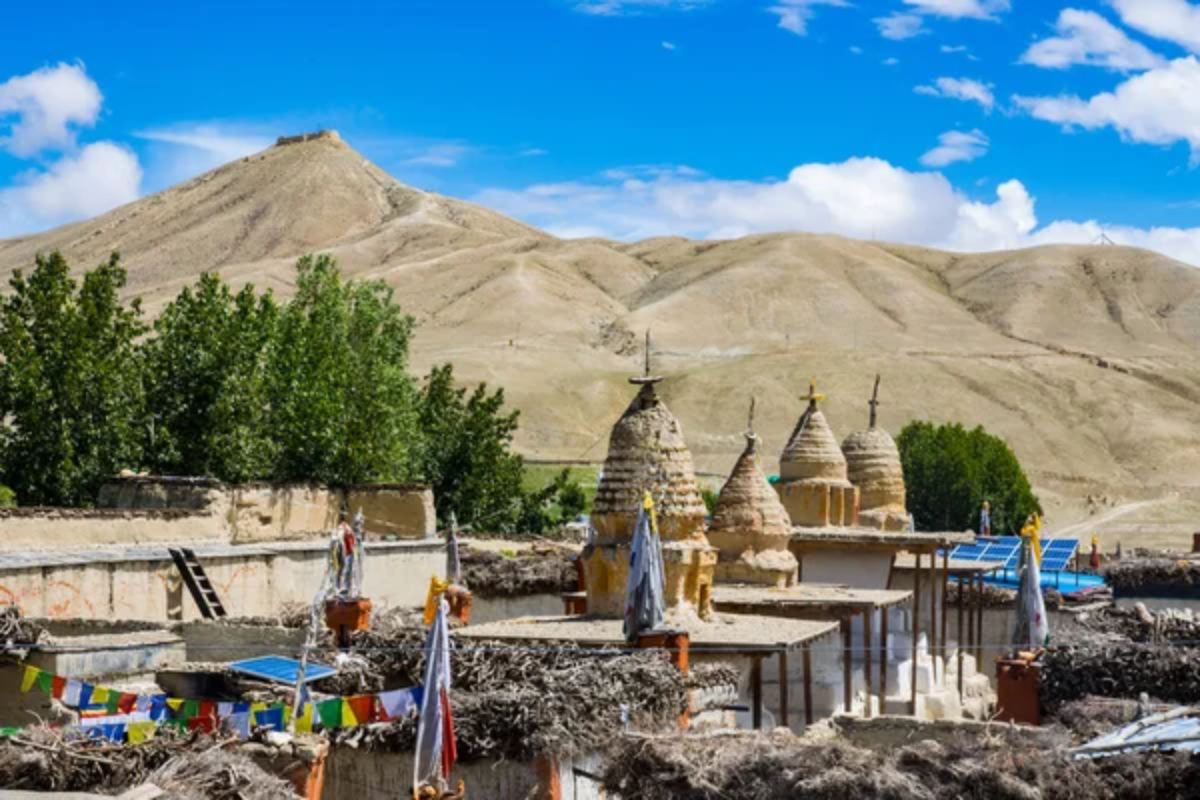
Lo Manthang, the former capital of the Kingdom of Lo, stands preserved inside its original 15th-century walls. This independent Tibetan monarchy maintained autonomy until 2008 despite being technically within Nepal’s borders.
The walled city contains extraordinary monastic complexes housing thousands of endangered manuscripts. At the same time, residents continue traditional medical practices combining herbalism, spiritual healing, and astrological diagnosis entirely distinct from both Western and traditional Chinese medicine.
Kharta
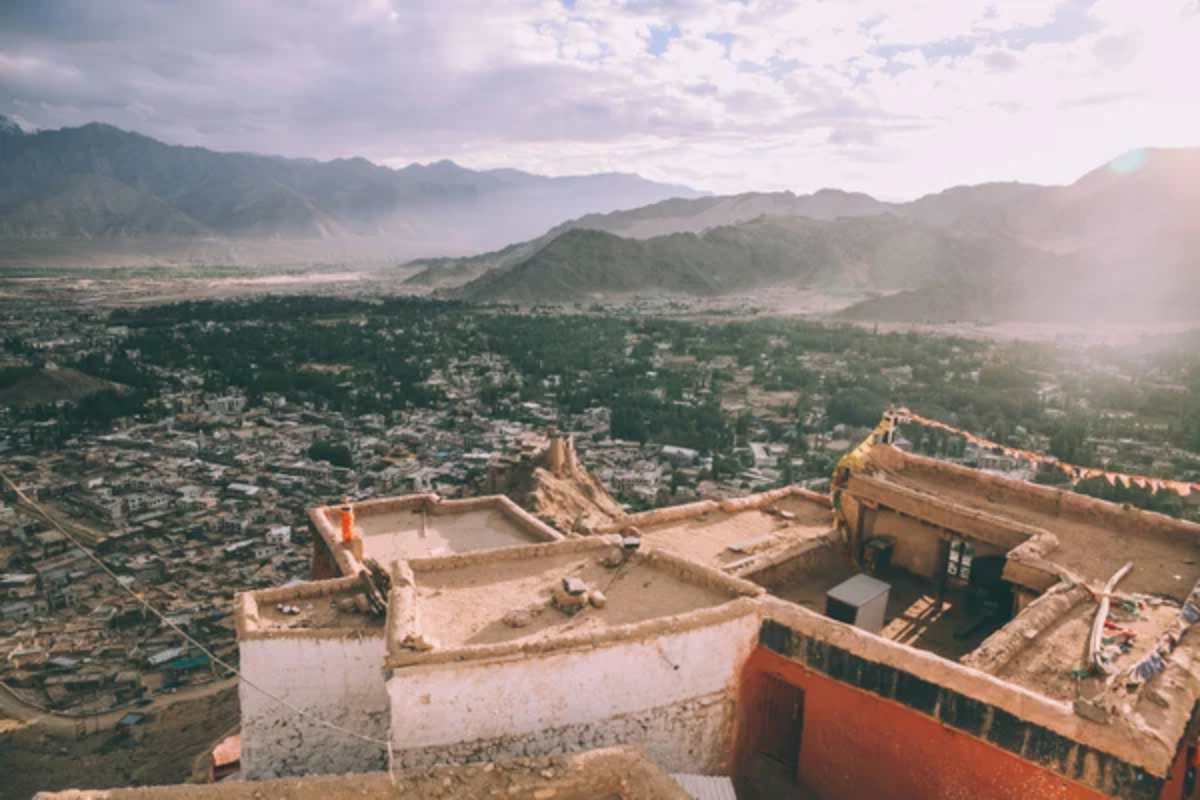
Kharta offers views of Everest’s rarely-photographed eastern face from the Tibetan side yet sees virtually no tourists despite being accessible by a rough road. The village maintains millennia-old traditions of rug weaving using distinctive patterns believed to offer spiritual protection, with designs indicating the specific valley where they originated through symbolic elements recognizable only to cultural insiders who understand their cosmological significance.
Like Travel Pug’s content? Follow us on MSN.
Khunde
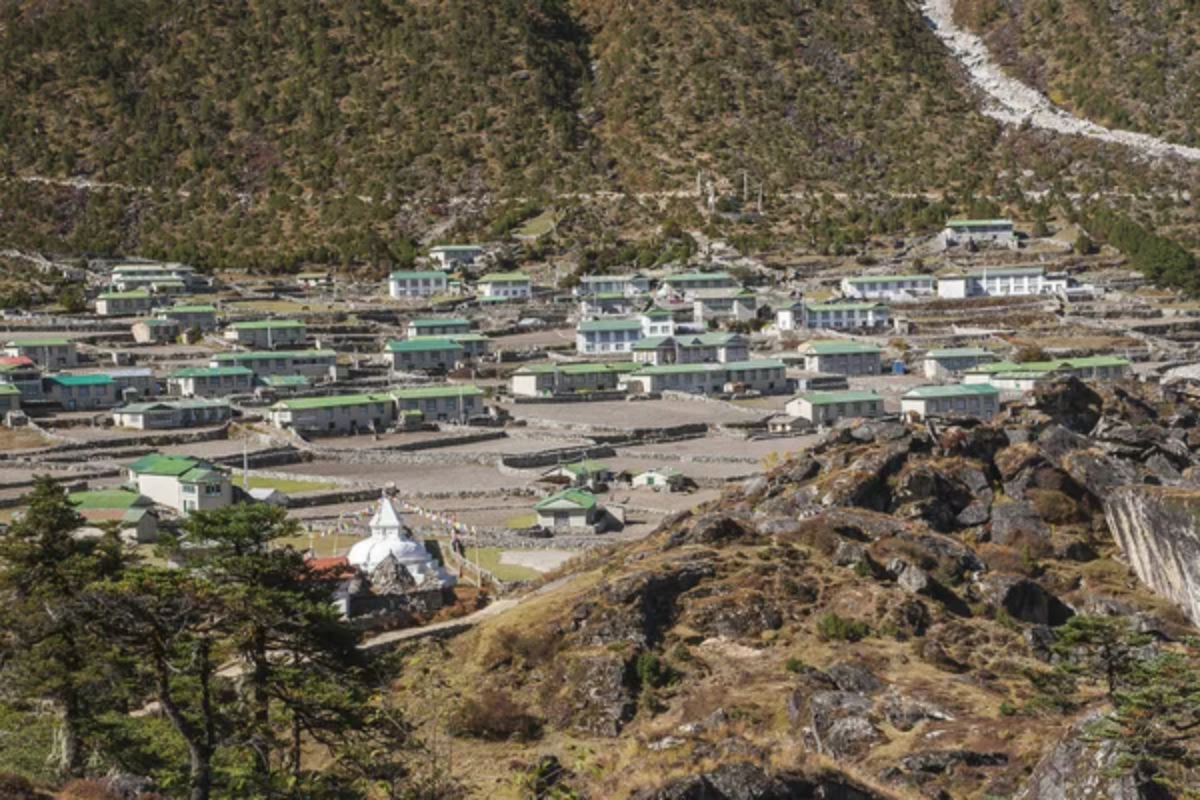
Khunde houses one of the highest-elevation hospitals in the world, established by Sir Edmund Hillary yet staffed entirely by local doctors who combine Western medical training with traditional healing knowledge. Village homes feature distinctive carved window frames indicating family lineage through symbolic elements.
At the same time, interiors often contain hidden ritual rooms accessed through concealed doors where families maintain shrines to deities specific to their clan lineages.
Namche Bazaar
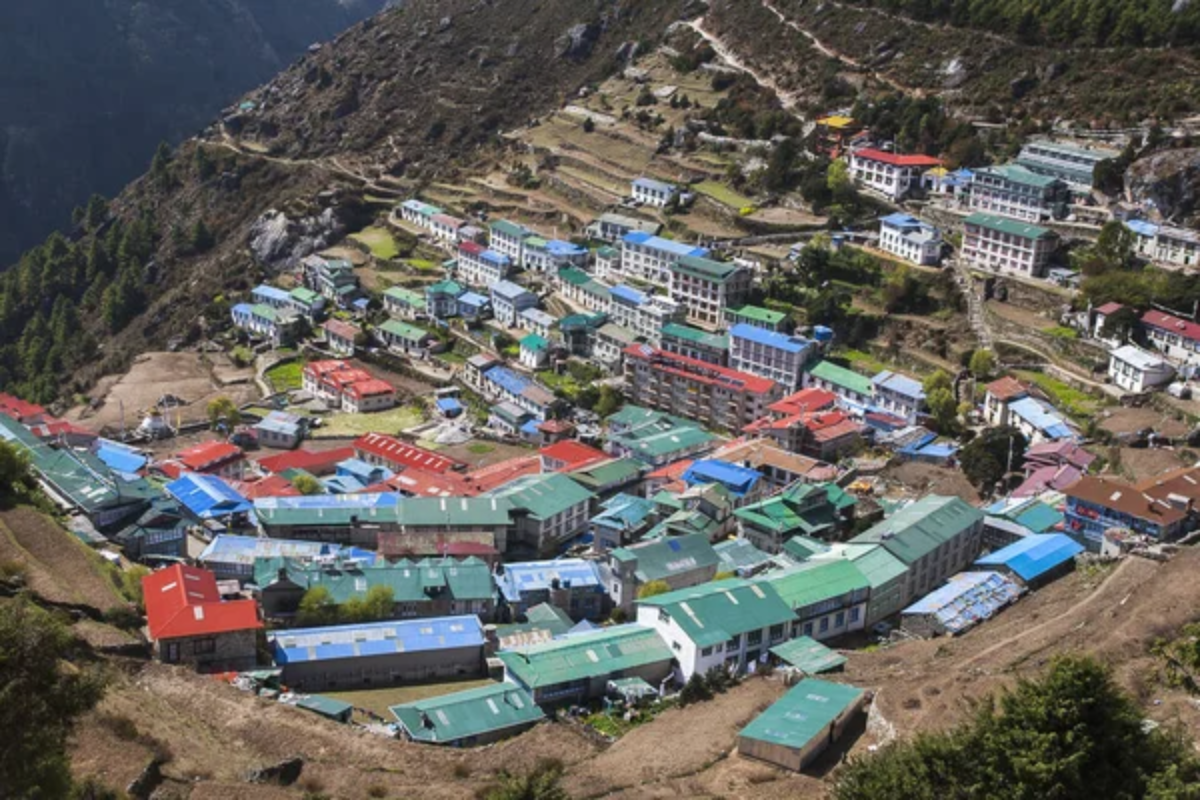
Namche Bazaar represents the most developed settlement in the Everest region, functioning as a commercial hub for the Sherpa people long before tourism arrived in Nepal. Despite sitting directly on the main trekking route, few visitors venture into the upper village where traditional social structures remain intact, with authentic weekly markets happening in separate sections from the tourist-oriented commerce and ancient clan houses preserved behind the facade of lodges and equipment shops.
Phaplu
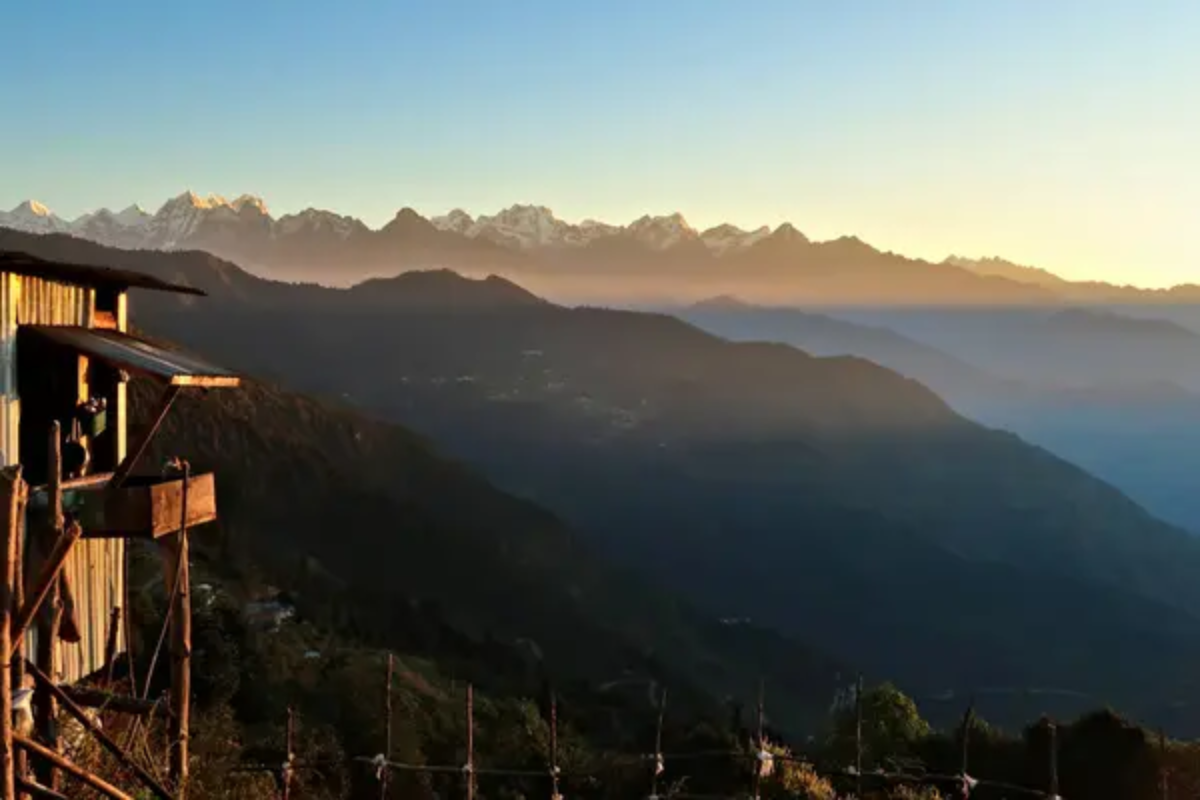
Phaplu offers remarkable accessibility via a small airstrip, yet few travelers linger in this village, which serves primarily as a jumping-off point for Everest treks. The settlement maintains ancient terraced agricultural systems designed to prevent soil erosion on steep slopes, alongside sophisticated water management systems using carved stone channels that distribute snowmelt across fields through completely gravity-powered networks designed centuries ago yet still functioning perfectly.
Like Travel Pug’s content? Follow us on MSN.
Beyond the Postcard
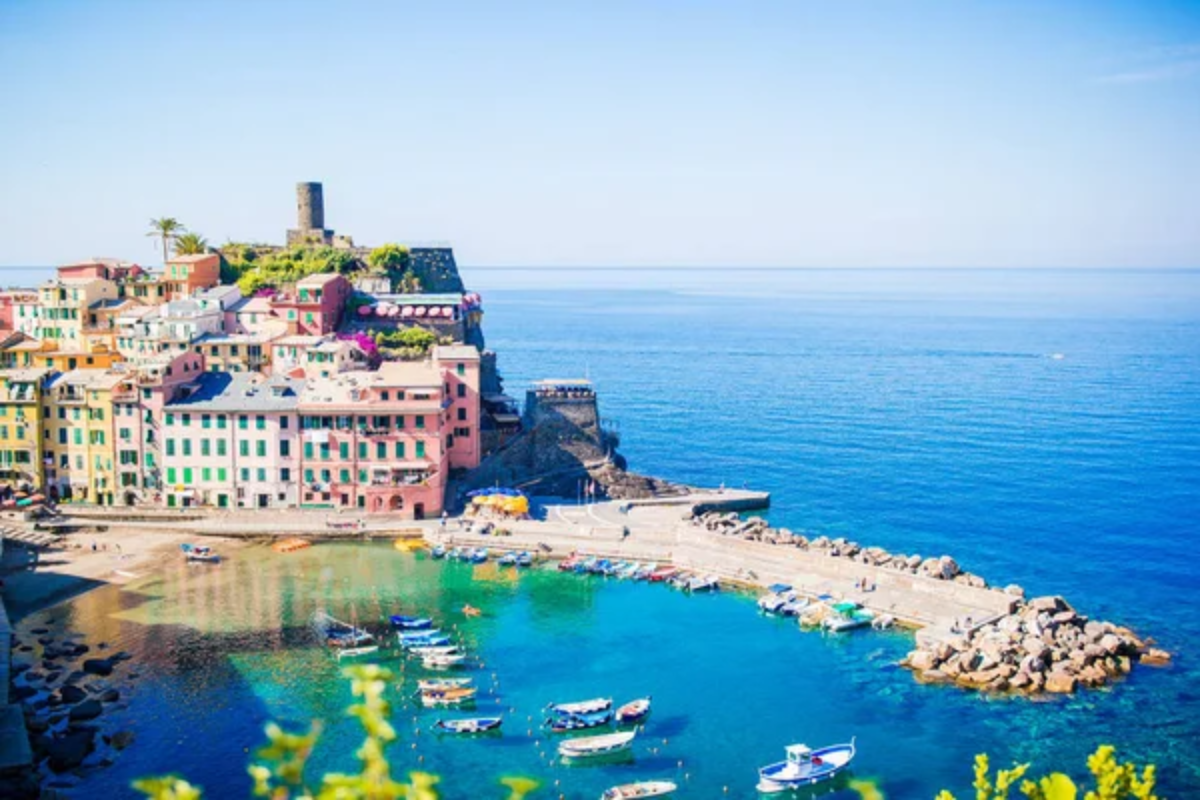
These villages represent more than just picturesque destinations missed by hurried trekkers focused on summits and famous vistas. They embody living traditions developed over centuries of human adaptation to one of Earth’s most challenging environments.
The true richness of the Himalayan region exists not just in its famous peaks but in these human settlements where geography has shaped unique cultural responses found nowhere else. For travelers willing to venture beyond established routes, these villages offer authentic encounters with mountain cultures that continue to evolve on their own terms rather than adapting to outside expectations or tourism demands.
More from Travel Pug

- 20 Destinations That Were Once Thriving but Are Now Quietly Disappearing
- 15 Hidden Spots in Disney World’s Magic Kingdom Most Visitors Miss
- 20 Once-Popular Beach Towns That Are Now Ghostly Empty
- 20 Beautiful US Lakefront Towns Where You Can Live for Under $2000 a Month
- 20 Caribbean Islands That Are Safer Than People Think
Like Travel Pug’s content? Follow us on MSN.
